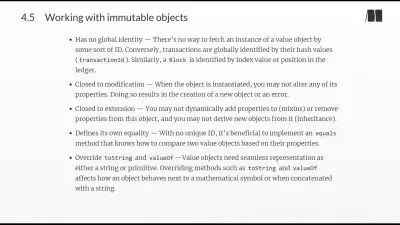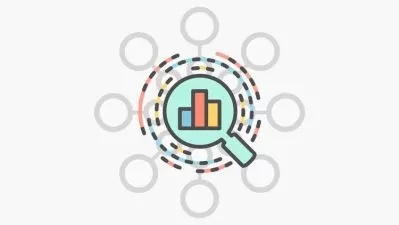Create Data Models in JSON
Kishan Iyer
1:29:39
Description
This course delves into different ways to represent data and how this applies to the JSON format. The topics covered include denormalized storage to improve query performance and modeling entities and relationships for document databases.
What You'll Learn?
Working with JSON data offers a lot of flexibility in how data is defined and how relationships between entities are represented. This course looks into the factors to consider when modeling data in the JSON format, and how this applies to document databases.
We start off by delving into different ways to represent data for different kinds of databases - from tabular representations for relational databases to the modeling data in wide-column stores. We then dig deep into the JSON data format and how data can be modeled using this structure.
We then explore different ways to model related information - from the normalized form which is common in relational databases to the denormalized approach adopted in document DBs. We also look at how we can choose between these approaches depending on the types of relationships we need to model. For instance, entities which have a one-to-one relationship are modeled differently than those which are related in a many-to-many form.
Finally, we get a little hands-on and use a variety of tools available to work with JSON data - from the use of a tool to process JSON data from the shell, to the setting up of plugins to inspect and analyze such data from a browser.
Once you complete this course, you will be quite the expert on the JSON data format. You will know how to model entities and relationships using JSON objects, how to apply this to document databases and how you can process and analyze JSON data using a variety of tools.
More details
User Reviews
Rating
Kishan Iyer
Instructor's Courses
Pluralsight
View courses Pluralsight- language english
- Training sessions 19
- duration 1:29:39
- level preliminary
- Release Date 2023/12/06















